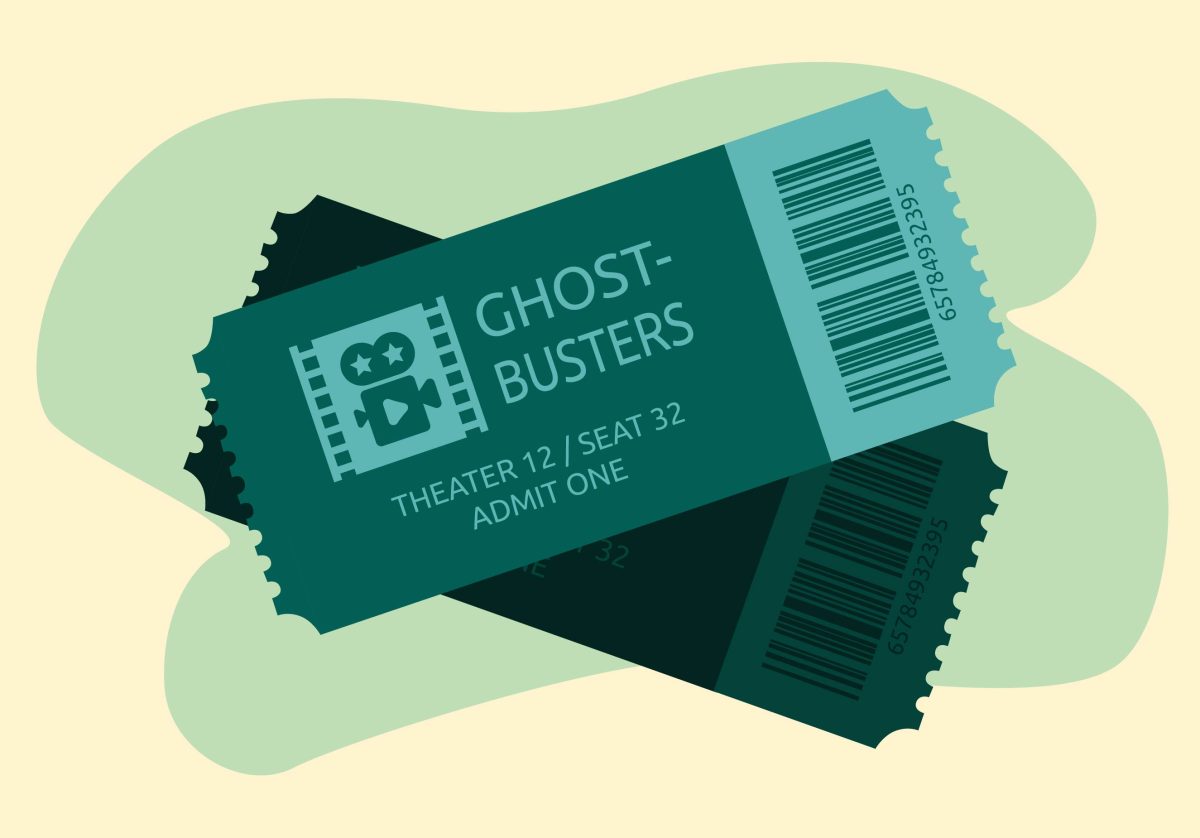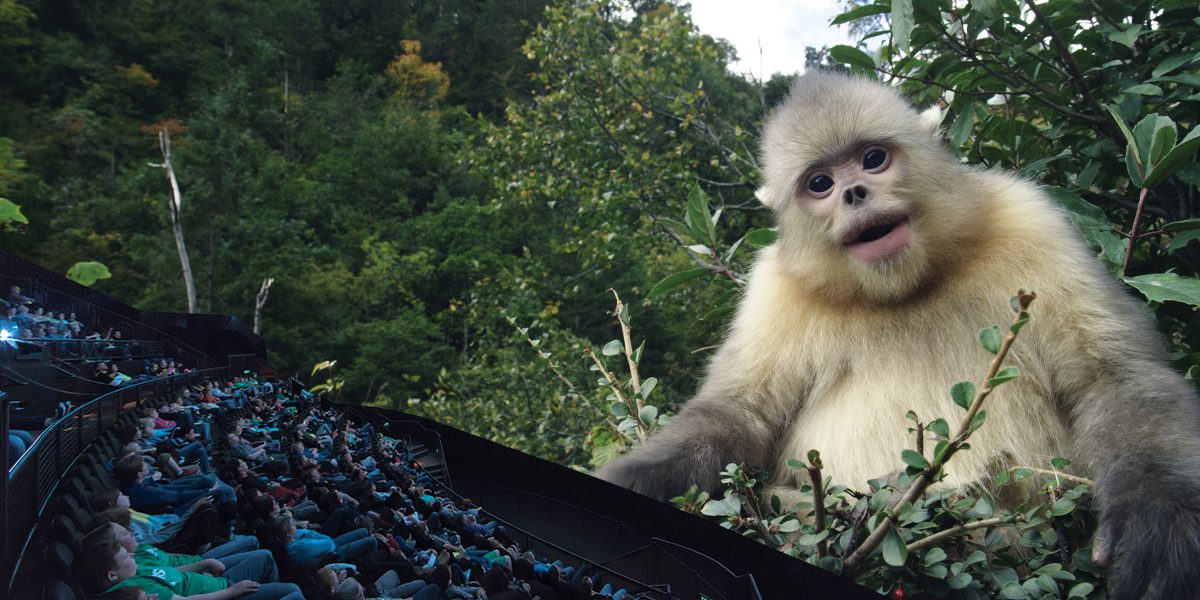Coming to the Bell Auditorium this evening is “Arid Lands,” a lushly shot and thoroughly told story about the Columbia Basin in Washington state, its landscape and the people who inhabit it.
“Arid Lands”
DIRECTED BY: Grant Aaker and Josh Wallaert
PLAYING AT: Bell Auditorium, 10 Church St. S.E., 7 p.m. tonight, $5 w/student ID, www.mnfilmarts.org
The documentary is a love song for the ailing, if resilient, expanse of sagebrush and bunch grass that still thrives on the Hanford nuclear site on which three nuclear reactors were built for plutonium production during the Cold War. But it is also a cautious observation of urbanization, including irrigation projects and dams along the Columbia and Snake rivers that inevitably alter our land.
It’s co-directed by first-time feature filmmakers Josh Wallaert, a graduate instructor in creative writing at the University, and Cornell University medical student Grant Aaker, college buddies from Portland, Ore.
Grant shot the striking landscapes of deforested hills and valleys, now merely dapples of once elegant pines, with the occasional flock of white gulls aloft in an unmarked blue sky, gliding like loose scraps of paper caught in an updraft.
Wallaert’s responsible for the story, a comprehensive and, at times, profound and entertaining narrative told by 27 inhabitants and workers of the region, including cultural geographers with Central Washington University, a citizen and activist fighting urbanization and workers at a tattoo and body piercing parlor inspired by the nuclear testing. And every wide-stretched landscape is set to a moody and ambient soundtrack of independent post-rock and folk artists the two sought by posting, rather ingeniously, on craigslist.
Wallaert took an afternoon to talk to me about landscapes, wastelands and what exactly constitutes “hip” today.
Why do you think there have been so many environmental film festivals cropping up lately?
All types of film festivals are cropping up. Filmmaking’s getting cheap; people are more interested in seeing films; audiences are more interested in seeing documentaries than ever. I don’t know what’s doing that, reality TV or Michael Moore or whateverÖ
Al Gore was the star of the Oscars.
Exactly! So documentaries are hip, right?
So really the pretense is a concern for landscapes and environmental consciousness, but it’s all about being hip.
Yup! You know if you want to get the girls, go make a nuclear documentary (laughs).
I hear the word ‘wasteland’ throughout the film. So, T.S. Eliot at all?
No, that’s just accidental. Eliot wasn’t a huge feeder for me. But it’s really interesting how people define “wasteland” in that film, particularly the Hanford activists who see the whole region now as a wasteland. But you also have a whole group of people who define shrub-steppe ecosystem, which is a rich and diverse ecosystem home to certain plants and wildlife you don’t see in different areas, as a “wasteland.” The film is about how people see landscapes, how people think about landscapes, so when people start thinking about a landscape as a “wasteland,” what does that say or what does that mean?
I think of “Paris, Texas” (Wim Wenders) when I see the sagebrush and landscapes and how powerful they are as a character.
Yeah, “Paris, Texas” is a film we watched when we were putting the film together. We’re definitely interested in thinking about “landscape” on that level (as a character).
The film never seems didactic, but there’s a definite stance. How do you feel you engage politics in your creative work?
My politics don’t necessarily line up with the politics of the film. It’s not a neutral film by any means, but it is to a certain degree uninflected in that it lets people tell their own stories about their landscape. Ö I’m interested in this sort of destruction that takes place when we treat all places as the same. Hanford is a nuclear disaster zone. But at least it’s a place and still has an identity, you know, for now.
















